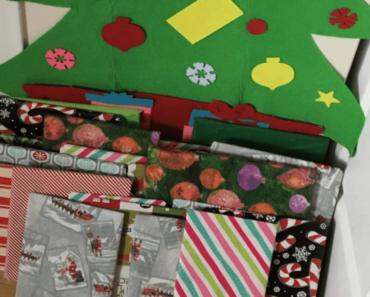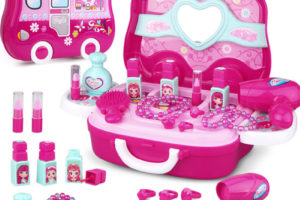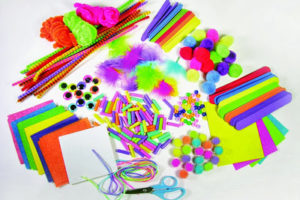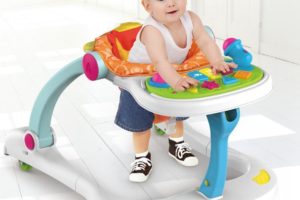It might seem like fun and games, but play is a powerful tool that supports your child’s development and offers benefits beyond enjoyment. As an occupational therapist (OT), I’ve seen the benefits of play and kids engaging in play-based learning, particularly regarding cognitive, social, and physical growth.
It can be overwhelming for parents to determine which games and play activities are appropriate for each developmental stage. We’ve taken the guesswork out of learning through play by outlining the three vital milestones from zero to five years (and older).
Learning through play the first three years
Babies undergo a remarkable motor skills transformation through their first year of life. It’s easy to overlook if you don’t know what to look for. They progress from being curled up in the womb to having the ability to flex their bodies to actively explore the world around them — all through a series of simple movements.
During that first year, they learn to rotate their bodies, extend their limbs, and gradually acquire their ability to roll over. As their muscles strengthen, they can crawl and, eventually, walk.
Play lays the foundation for future success during the first three years of life. Providing your child with a rich learning environment where they can explore the world around them is crucial for optimal cognitive development.
Offer your child simple activities that promote open-ended play, like stacking blocks or using their senses — particularly touch, sight, and sounds — to interact with new or unfamiliar toys. While the significance of this stage may not seem obvious, allowing your young kids these opportunities to “play” helps enhance their spatial awareness and cause-and-effect understanding.
Early interactions with the world help develop their cognitive abilities. This is why engaging in sensory play — touching different textures or listening to sounds — stimulates the sensory pathways in the brain. This ultimately sets them up for success regarding information processing and future language skills.
Regardless of the type, play promotes social interaction, which fosters healthy emotional skills and well-being, turn-taking, sharing, and empathy. My role as a pediatric OT is to empower kids who are struggling developmentally, and play provides an outlet for self-expression, allowing them a secure space to express and self-regulate their emotions.
Learning through play, ages three to four
As toddlers progress to ages three and four, they continue to refine their motor skills through play and movement. For example, they engage in activities that demand significantly more dynamic muscle control, such as jumping, throwing, and catching a ball. They eventually learn to do even more complex things like navigating stairs or riding a tricycle, which helps them hone their coordination and balancing skills.
As these skills develop around this age, their play becomes more sophisticated. They develop increased language skills, imagination, and social-emotional awareness, opening up new possibilities for play-based learning.
Three to four-year-olds are my favorite age group. We use play to encourage creative and imaginative thinking, enhancing language and communication skills. These two activities help strengthen vocabulary, grammar, and narrative skills, allowing children to practice using language in a meaningful context.
Not only does this improve their ability to express themselves more effectively, but it also enhances their problem-solving skills and abstract thinking. Through pretend play, or “make-believe,” kids learn to negotiate, share, work together, take turns, respect others’ ideas, and ideally resolve conflicts peacefully.
Learning through play, ages five and up
Finally, as children enter kindergarten and beyond, their bodies become even more proficient in movement and play. They learn to master the art of running or skipping and exude confidence in their coordination and agility.
At age five and older, play continues to be a vital component of their learning and development. At this age, play-based learning promotes critical thinking, problem-solving, and logical reasoning. Introduce educational games, puzzles, and other hands-on activities that cultivate curiosity, boost memory, and enhance cognitive flexibility.
Cooperative play, team games, and role-playing activities enable children to understand different perspectives, collaborate effectively, and develop social bonds. And by engaging in group activities, children learn to work together, respect others, and communicate effectively.
As kids become more independent and autonomous, active play (outdoor games, sports, and fine motor activities like drawing and building models) helps develop coordination and body awareness. Moreover, it provides opportunities for children to explore their emotions further, build self-esteem, and develop resilience by engaging in activities that challenge and stretch their abilities.
Children’s bodies undergo incredible transformations throughout these developmental stages. Help them adapt and take on new challenges while expanding their motor repertoire. Each milestone represents a significant accomplishment demonstrating just how remarkable they are.
Laying the foundation during the early years shapes cognitive, physical, and social growth while fostering autonomy, creativity, and resilience. The benefits of helping kids learn through play are profound across their development.
As parents, early childhood educators and learning facilitators, we can work together to offer a rich playtime environment. This will support learning and set them up for a lifetime of success so they can thrive and reach their full potential.
Get parenting news, expert advice, info on secret sales, discounts and the best-ever products. Sign up for the Today’s Parent newsletter.


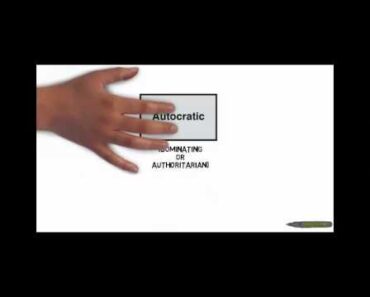
![AITA For Telling My Brother Why I Don'T Talk To Our Parents? [Reddit Relationships Advice] AITA For Telling My Brother Why I Don'T Talk To Our Parents? [Reddit Relationships Advice]](https://usparenting.com/wp-content/uploads/2021/07/1626368379_maxresdefault-370x297.jpg)
